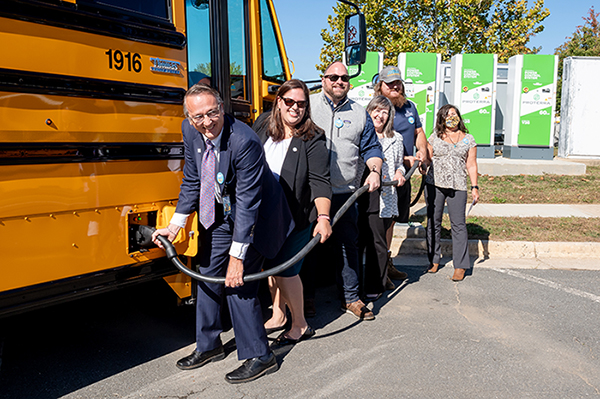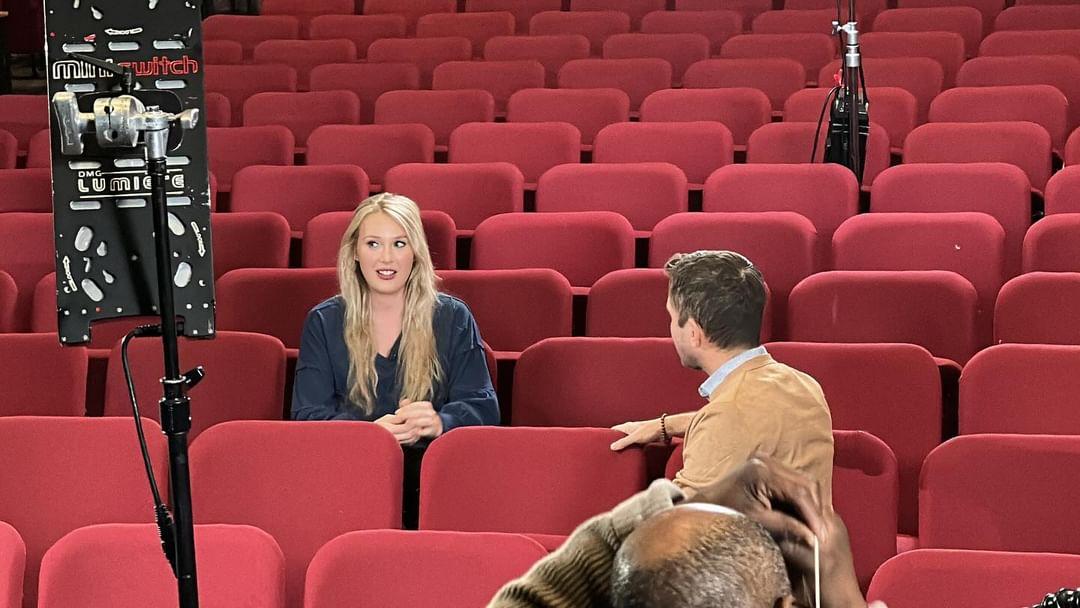AHS is heralded as one of the most diverse student bodies in the nation. When Michelle Obama visited in October, she commended Principal Vince Randazzo on that diversity. As she walked around the school, she turned to Randazzo and asked her next question, “is your faculty equally diverse?” If you peek into classrooms, you can see why his answer was no.
As of Nov. 2011, AHS had 249 faculty members of whom 71 percent were Caucasian, ten percent were African American, eight percent were Asian, six percent were Hispanic and five percent were categorized as other. This final category includes faculty members of Middle Eastern or Native American descent. All teachers, administrations, counselors, librarians, custodians, office aids and faculty members of other positions were included in this count.
Faculty members are hired at AHS for a variety reasons, which is why there could be a disparity among races.
“We hire the person who is best qualified and the best person for the job,” Randazzo said. “We want them to fit with the student body.”
When looking at just the professional staff, which excludes custodians and food service positions, 79 percent of the staff is Caucasian, six percent is African American, six percent is Asian, five percent is Hispanic and four percent is in the other category.
This provides a stark contrast to the racial demographics of the student body. For the 2010-2011 school year, 32 percent of students were Hispanic, 26 percent of students were Caucasian, 24 percent of students were Asian, 16 percent of students were African American and two percent of students were listed in the other category. Many students do not think that this contrast is a problem.
“I don’t think it matters,” senior Lolita Jojic said. “I think the school’s priority should be just to find teachers who actually know how to teach.”
Math teacher Roberto Obando is one of few Hispanic teachers in a school with a majority Hispanic student body. He believes that the school should make more of an effort to make the faculty reflective of the students.
“Yes, it’s important, because we are supposed to be the model of the students,” Obando said.
He thinks that since he understands his students, he can model his teaching to help the minorities.
“I stay after because I know some minority students don’t have the money for tutors and they need that help,” Obando said.
Many of the school’s occupations have different race concentrations. The administration is made up of ten individuals, all of whom are Caucasian. Of the four individuals who make up Safety and Security, 75 percent are African American. 80 percent of the school’s ten counselors are Caucasian, with one counselor of Asian descent and one of Hispanic descent. The custodial staff is the most diverse, with nine African American custodians, six Hispanic and four Asian.
What is the cause of this disparity? IB Social Anthropology teacher Holly Miller thinks that it has nothing to do with culture and that it is much more complex.
“I don’t think this lack of diversity is the case everywhere,” Miller said.
She thinks that it could be due to the school’s location, and although she has noticed the lack of diversity, she has not been able to think of a cause.
There are some, however, who think that the lack of diversity does have to do with culture. Senior Paul Singh’s parents went to school in India and he has had family members attend school in other countries, all of whom have had difficulty adjusting to the American education system. He thinks that since international education systems are different and do not stress the standardization of information as much, people have trouble adjusting, whether they are trying to learn or teach.
“I’ve noticed the lack of diversity on staff and I think that it is because a person of a different culture who didn’t grow up here wouldn’t fully understand the system,” Singh said. “The systems are too different.”
This may explain why international teachers would be less likely to teach, but it does not explain why people born in the U.S. of minority races would not want to teach. There are many factors that contribute, but the AHS administration still says they hire the most qualified person for any position. FCPS does not have any special programs that try to hire minorities.










An avid reader • Feb 7, 2012 at 5:35 pm
Very interesting story….lots of good data here. I hope the teachers understand that students appreciate their hard work no matter their race.